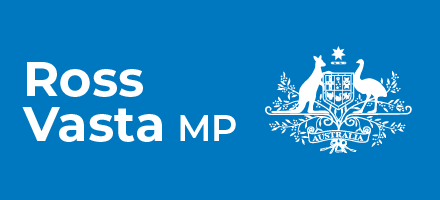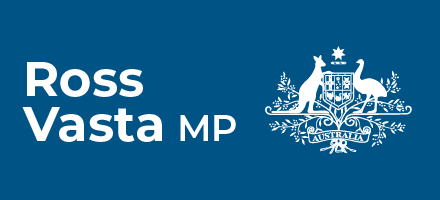90 SECONDS: Financial Literacy in Schools
Last May, I moved a motion to make financial literacy a compulsory part of the national curriculum. This motion is more important today than it has ever been.
Last week, the member for Kennedy was told that cash wasn’t accepted by our staff right here in Parliament House.
The truth is that, since the pandemic, cash use has halved from 32 per cent of in-person transactions to now just 16 per cent.
When I owned a restaurant in 1994, 98 per cent of the transactions were in cash.
Thirty years later, in that same restaurant, 99 per cent of the transactions are cashless.
What a turnaround! While each of us in this room is fortunate enough to understand the implications of a cashless society, much of Australian youth is not, and the problem does not stop here.
Many Australian graduates don’t understand basic topics such as compound interest, negative gearing and taxation.
It is our responsibility to ensure the next generation is set up to make informed personal decisions, especially in finance.
In the midst of a cost-of-living crisis, we need to be empowering youth to take charge and better understand their finances.
We simply can’t afford to miss this opportunity. Let’s make financial literacy a compulsory part of the national curriculum to educate and empower our next generation, especially as we move to a cashless society.


